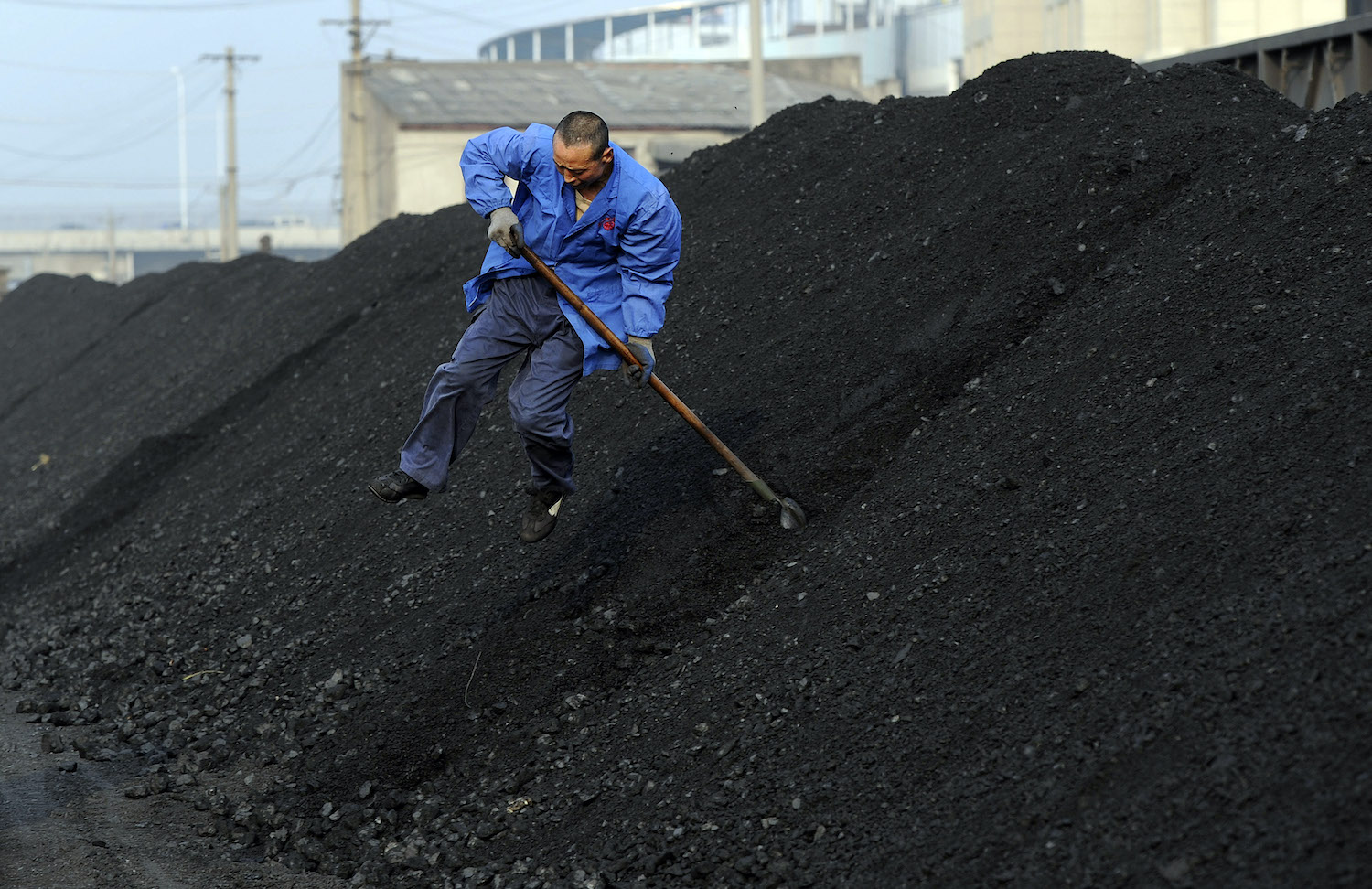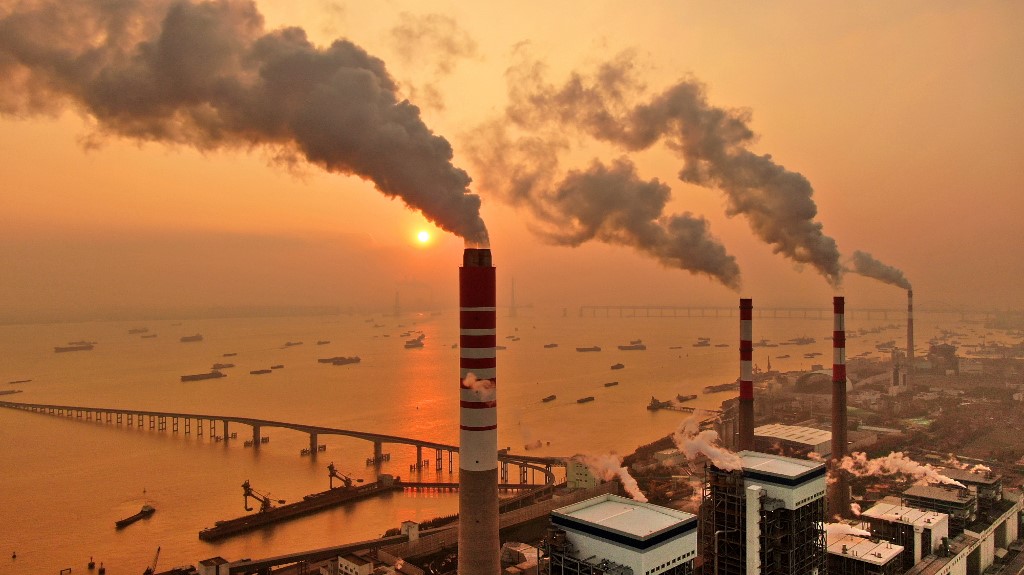- Trading opens on China’s carbon market with prices well below the EU scheme.
- Over 2,100 power plants are registered, but experts say there is a long way to go.
China’s long-awaited national emissions trading scheme opened on Friday July 16 with 4.1 million tonnes of CO2 quotas worth 210 million yuan ($32 million) traded on the first day, Reuters said, citing a Shanghai Security News report.
But prices were well below those in Europe, with the initial trade starting at 52.7 yuan ($6) per tonne.
China first announced plans for a nationwide carbon market a decade ago, but progress was slowed by the influential coal-industry lobby and policies that prioritised economic growth over the environment.
President Xi Jinping pledged to set up an emissions trading scheme (ETS) ahead of the signing of the Paris climate accord at the end of 2015. There was a “soft launch” of the scheme in late 2017, but no transactions took place, and plans for a full launch were put back several times before it finally opened for trading at 9.30am this morning in Shanghai.
Reactions to today’s launch were mixed, with most experts saying deep questions remain over the limited scale and effectiveness of China’s emission trading scheme, including the low price placed on pollution – and that much more needs to be done if Beijing is to reach peak emissions by 2030.
China’s economic and energy policies are becoming more aligned with the government’s environment goals, according to Zhang Jianyu, vice-president of Environmental Defense Fund China. “But there is a long way to go,” he told AFP.
The scheme will set pollution caps for big-power businesses for the first time, and allows firms to buy the right to pollute from others with a lower carbon footprint.
The market will initially cover 2,162 big power producers that generate about a seventh of the global carbon emissions from burning fossil-fuels, according to data from the International Energy Agency.
Those power producers account for 40% of the 13.92 billion tonnes of greenhouse gases belched out by Chinese factories in 2019.
Citigroup estimates $800 million worth of credits will be bought for this year, rising to $25 billion by the end of the decade. That would make China’s trading scheme about a third the size of Europe’s market, which is currently the biggest in the world.
The first trade at 52.78 yuan involved 160,000 tonnes of carbon dioxide, according to state channel CCTV. But the buyer and seller involved in the first trade were not immediately known.
The opening price of the national scheme was above the average carbon price 40 yuan per tonne traded at seven pilot markets that began trading in mid-2020, but well below the average price of about 50 euros ($59) on the European Union’s ETS.
Free pollution permits given out at the start and token fines for non-compliance would keep prices low, according to analytics company TransitionZero.
However, China has characterised Friday’s launch as just the first step. The scheme will expand to cover cement producers and aluminium makers from next year, Zhang Xiliang, chief designer of the scheme, said last week.
“The goal is to expand the market to cover as many as 10,000 emitters responsible for about another 5 billion tons of carbon a year,” Zhang said.
Other concerns about the scheme include that a lack of technical know-how and continued pressure from powerful coal and steel lobbies could slow down progress.
Local officials and companies know little about accounting for emissions or even the basics of climate science, said Huw Slater from China Carbon Forum. And regions that rely on coal and carbon-intensive industries for growth have been slow to join the scheme.
“Officials are afraid that if they curb pollution too quickly it could cut jobs and lead to social unrest,” Slater said.

Meanwhile, coal reserves to be boosted
And in a sign of how far China has to go to wean itself off coal, officials with the state planner today announced plans to boost its store of coal reserves to around 600 million tonnes, which is about 15% of annual consumption.
The National Development and Reform Commission (NDRC) said in a statement that deployable coal reserves should be no less than 200 million tonnes, which can be utilised by the central and local governments. The remaining 400 million tonnes would be inventory stored at companies, it said.
At present, China has capacity for government-deployable coal reserves of 100 million tonnes, with about 40 million tonnes of coal in its reserve bases.
China arranges 1 billion yuan ($155 million) of investment from central government funds each year to support the construction of national reserve facilities, it said on Friday.
With reporting by Reuters and AFP.
This report was updated on July 16 with further details.
























